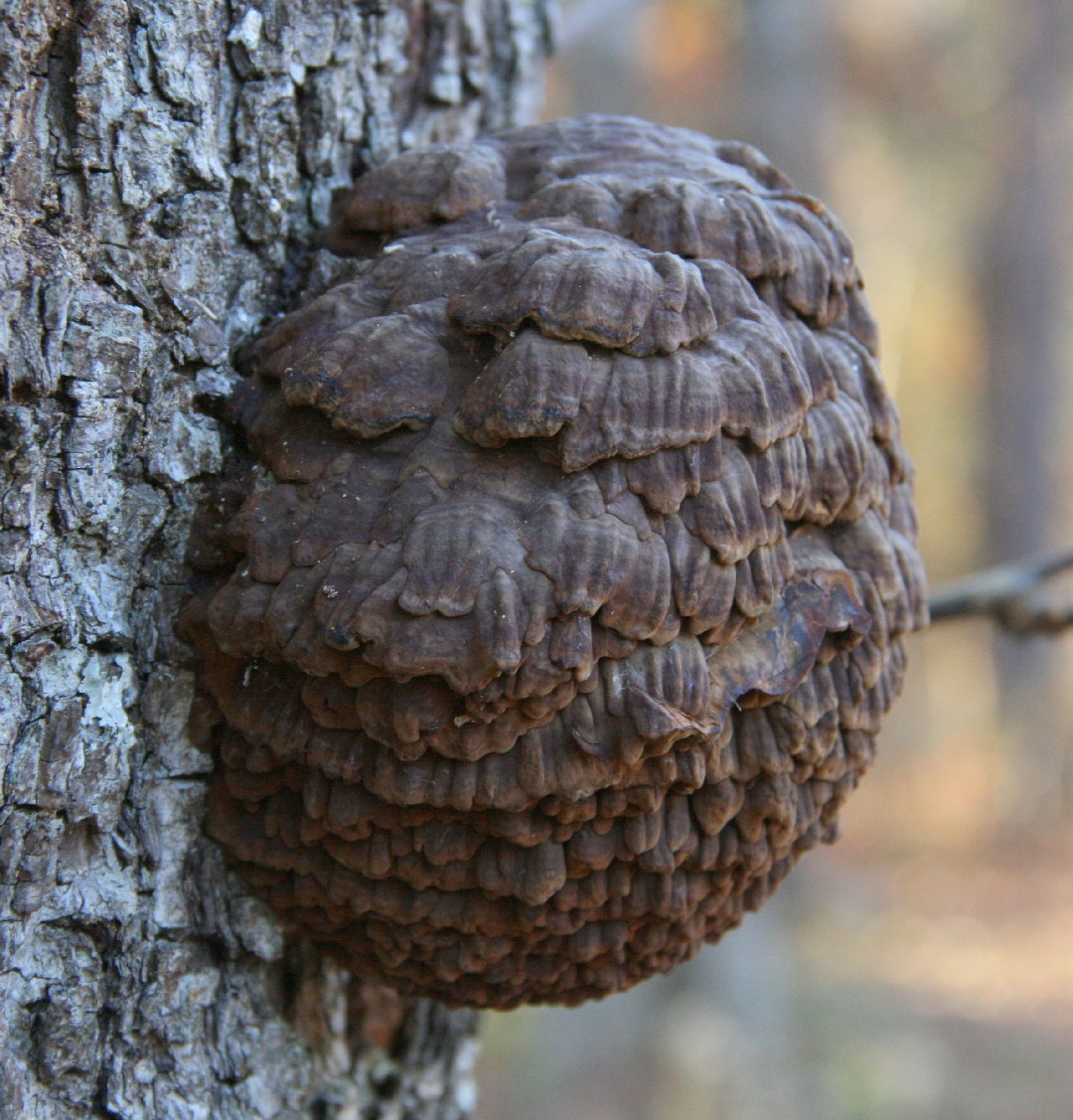Sweet knot
Scientific name: Globifomes
Sweet knot
Scientific name: Globifomes
 Photo By Penny Firth (pfirth) , used under CC-BY-SA-3.0 /Cropped and compressed from original
Photo By Penny Firth (pfirth) , used under CC-BY-SA-3.0 /Cropped and compressed from original Description
This group, sweet knot, is known for its large, distinctive fruiting bodies that resemble gnarled, twisted knots, found on dead or decaying wood in forests. They possess a strikingly hard and woody texture, making them easy to spot in nature. Unlike many fungi, sweet knot decomposes wood slowly, playing a crucial role in the nutrient cycle of woodland ecosystems. These fungi are fascinating to mushroom hunters for their unique appearance and vital ecological role.
Species of Sweet knot
Scientific Classification
Phylum
Club fungi Class
Mushroom-forming fungi Order
Shelf fungi Family
Polyporaceae Genus
Sweet knot